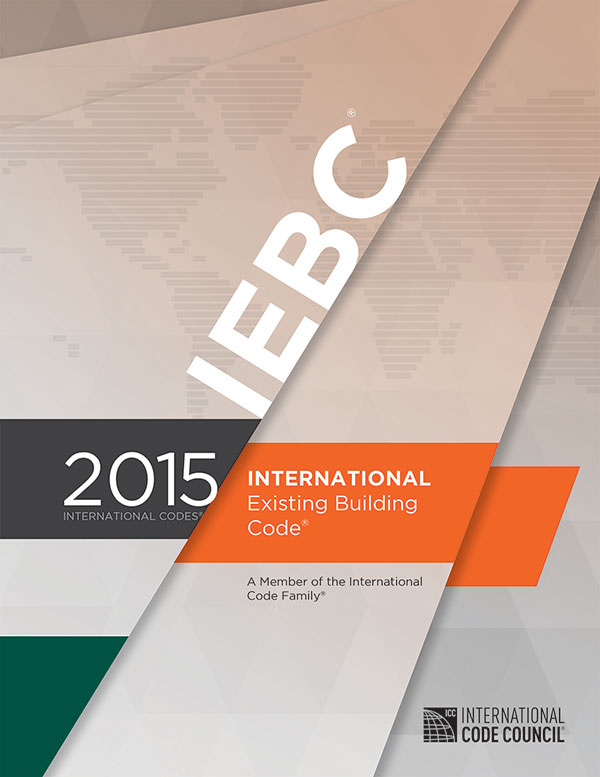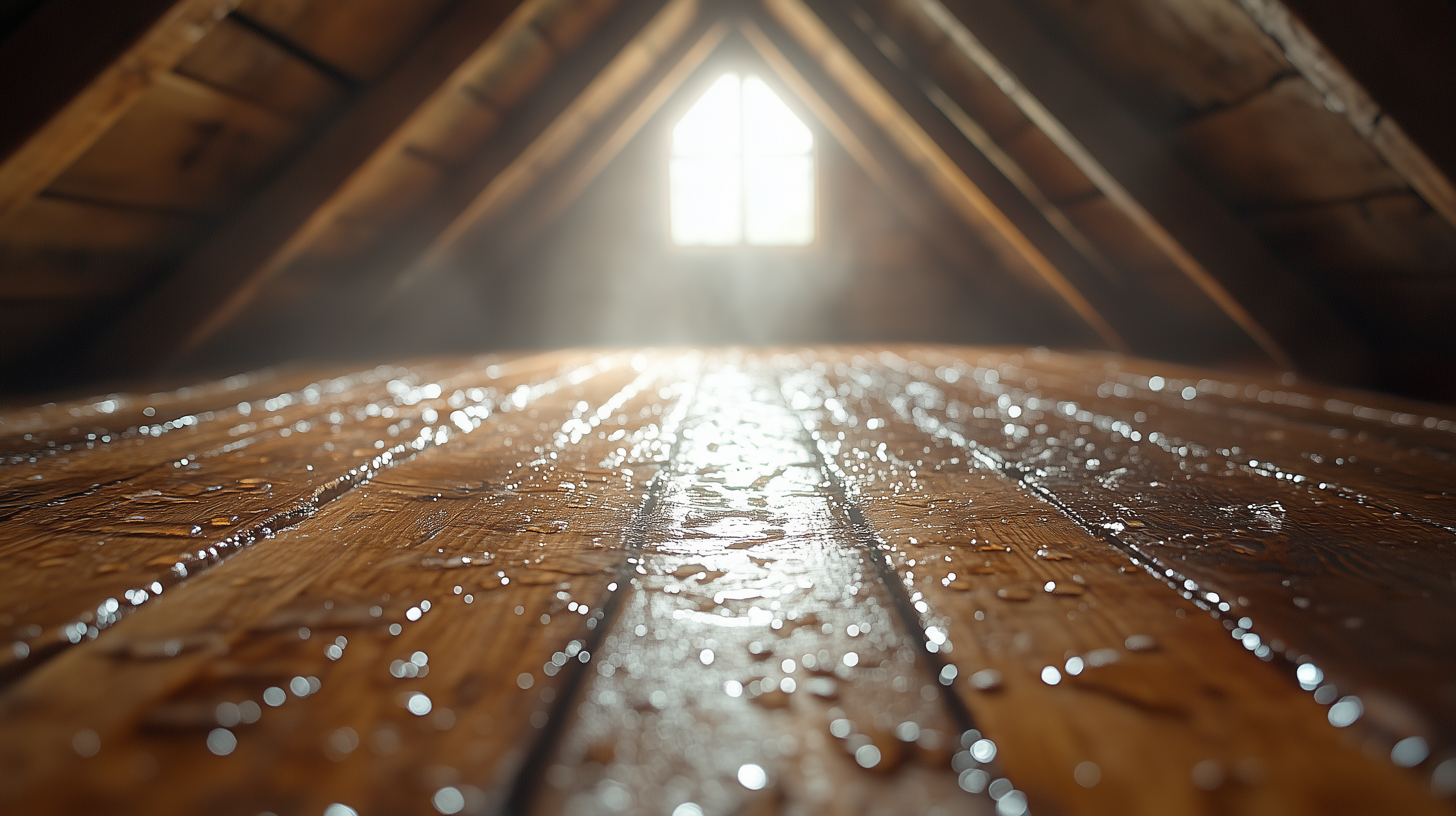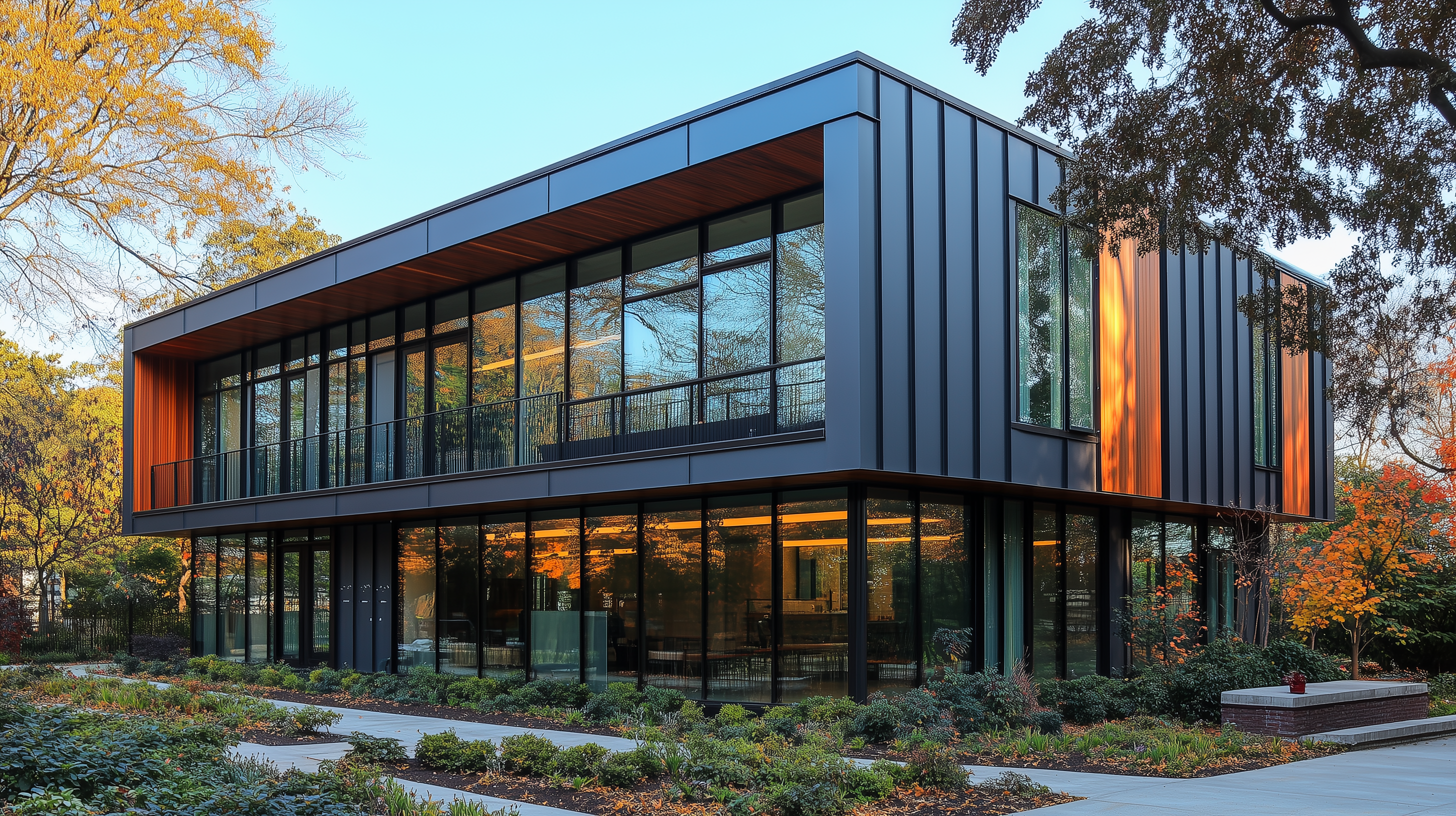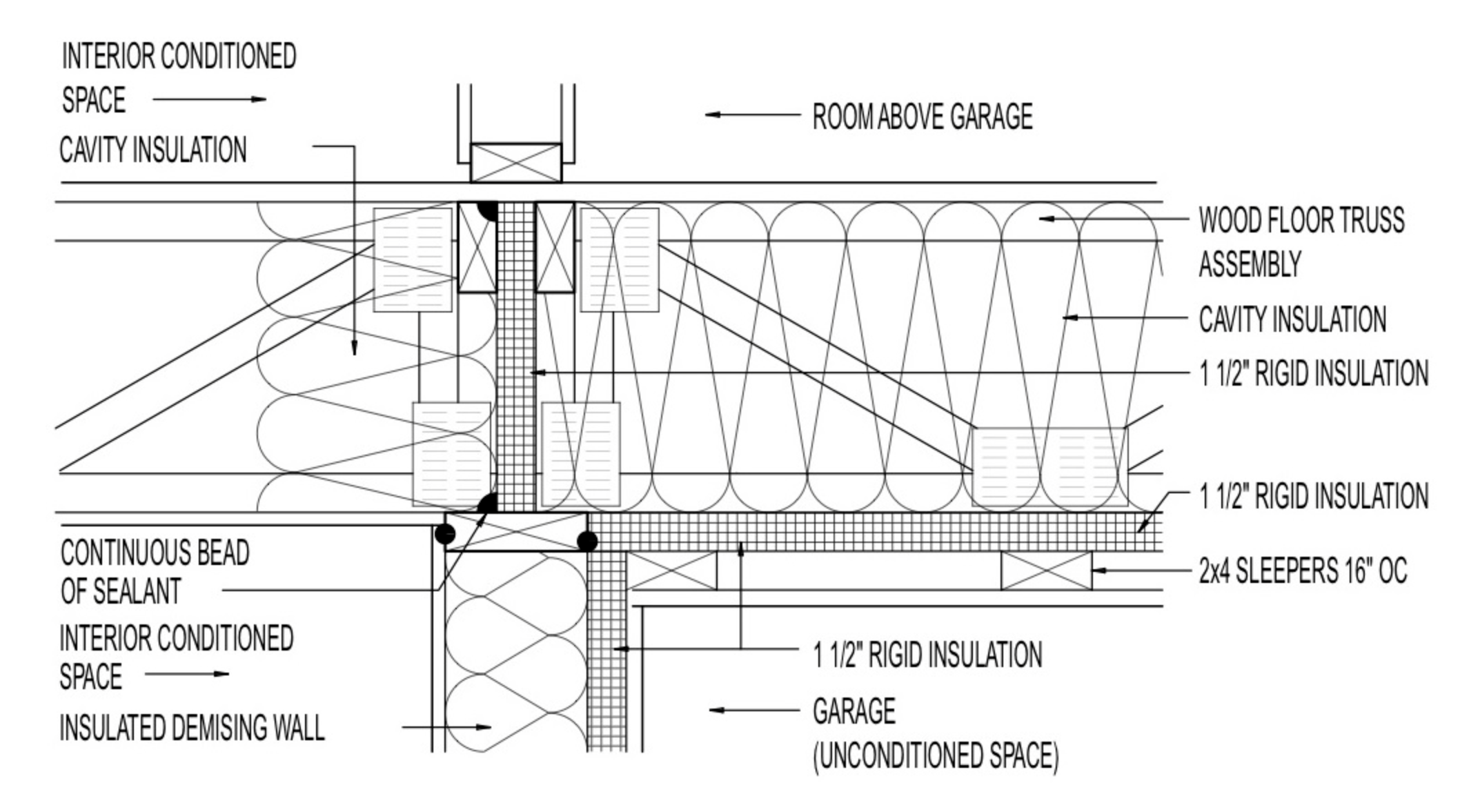Allied Emergency Services, INC, your trusted partner in storm damage restoration and emergency services, explores the complexities of upgrades and repairs to damaged buildings. Here’s a concise breakdown of when and how building upgrades might be required after damage:
- Grandfathering and Code Evolution: Building codes evolve, adding new requirements every few years. Existing buildings are typically “grandfathered,” meaning they can continue without modifications unless significantly damaged. This practice allows the use of buildings as they were, promoting resource efficiency and sustainability.
- Determining the Scope of Work Post-Damage: When buildings suffer from incidents like fires or storms, it’s crucial to assess whether they can be maintained as is or require upgrades. This decision is guided by the code provisions that specifically address repairs in existing buildings, aiming to preserve their pre-damage state as much as possible.
- The 50% Rule & Whole Building Upgrades: Historically, codes like UBC 1927 and BOCA 1950 required significant upgrades if repair costs exceeded 50% of the building’s pre-damage value. This rule aimed at ensuring entire buildings met new codes, not just the damaged sections.
- Shift to Targeted Upgrades: Since the late 1970s, the focus shifted. Now, only the parts of a building that were directly affected by damage need to meet new construction standards. This approach, adopted by the International Building Code (IBC) since 2000, limits unnecessary upgrades, focusing on affected areas only.
- Current Guidelines – IEBC 2015: The International Existing Building Code (IEBC) offers three methods for compliance when repairing existing buildings, allowing for flexibility. The most lenient, the Performance Compliance Method, requires repairs to align with the pre-damage state without additional code-mandated upgrades, unless the building is significantly structurally damaged or located in a flood hazard area.
- Addressing Substantial Structural Damage (SSD): If SSD is identified, the scope of necessary structural repairs is determined based on an evaluation against current codes. However, upgrades are limited to structural aspects only, not affecting other building elements.
- Flood Hazard Considerations: In flood-prone areas, if restoration costs exceed 50% of the building’s value, flood design features must be upgraded to current standards. This rule is a remnant of the broader historical percentage-based triggers for upgrades.
- Defining “Repair”: Under current codes, repair includes the replacement of damaged elements to restore the building’s original state. This definition supports the repair of buildings, even those with substantial damage, without necessitating full compliance with new construction standards.
- Grandfathering and Its Continued Relevance: The concept of grandfathering remains vital in building repair codes, ensuring that property owners are not overly burdened with the costs of conforming to new codes after unforeseen damages.
Understanding the 50% Rule & Building Upgrades in Historical Context
At Allied Emergency Services, INC, we navigate complex building codes to ensure your property restoration meets both your needs and regulatory requirements. A significant historical regulation, known as the “50% Rule,” illustrates the evolution of building codes and their impact on repair and restoration projects:
- Origin of the 50% Rule: The first model codes in the U.S., including the Uniform Building Code (UBC) of 1927, the Southern Standard Building Code (SBC) of 1946, and the Basic Building Code of the Building Officials Conference of America (BOCA) of 1950, introduced the 50% Rule. This rule was designed to determine the extent of upgrades required for existing buildings undergoing repair, alteration, or change in use.
- Implementation of the Rule: According to these early codes, if the cost of repairs exceeded 50% of the building’s pre-damage value, then the entire building—not just the damaged sections—needed to be upgraded to comply with the standards for new constructions. This rule ensured that significant repairs brought older buildings up to current safety and design standards.
- Graduated Requirements: These codes also included a tiered approach:
- More than 50% Cost: Required full building upgrade to new construction standards.
- 25% to 50% Cost: Only the damaged portions needed to comply with new construction standards, leaving the undamaged parts untouched.
- Less than 25% Cost: Allowed repairs to be made in-kind, maintaining the pre-damage condition without additional upgrades.
- Reevaluation and Changes: By the late 1970s, the 50% Rule was reevaluated as it was seen as a barrier to the reuse and functional adaptation of existing buildings. As cities grew and the value of preserving older structures became more apparent, these stringent requirements were deemed too restrictive and were largely eliminated to promote more sustainable practices in building renovations.
Focused Upgrades: Understanding the “Upgrade Only What Was Affected” Approach
In the evolving landscape of building codes and regulations, a significant shift occurred in the late 20th century which greatly impacts how we approach the restoration of damaged buildings today. At Allied Emergency Services, INC, understanding these changes helps us deliver targeted and cost-effective restoration services. Here’s a look at the “Upgrade Only What Was Affected” philosophy:
- Transition from the 50% Rule: After decades of following the cost-based 50% Rule, which often required extensive and costly upgrades to entire buildings if repairs exceeded certain cost thresholds, a pivotal change came with the 1979 Uniform Building Code (UBC), 1981 Building Officials Conference of America (BOCA), and 1982 Southern Building Code (SBC). These codes marked a shift in how building upgrades were approached post-damage.
- Philosophy of Focused Upgrades: The new approach emphasized upgrading only those elements of a building that were directly affected by damage, such as from fire, storm, or other impacts. This philosophy aimed to reduce unnecessary costs and disruptions by preserving undamaged, unaffected parts of the structure as they were. It reflects a more rational and practical method of addressing building repairs, focusing resources where they are most needed.
- Implementation in Model Codes: This targeted upgrade philosophy was adopted across the various model codes and was consistently applied until the consolidation of these individual codes into the International Building Code (IBC) in 2000. The IBC continued this approach, which is still in effect today, ensuring that repairs are not only compliant with current safety and construction standards but also economically sensible.
- Impact on Restoration Practices: For property owners and restoration contractors, this change means that when a specific area of a building is damaged, only that area may need to meet the latest building codes. This can significantly limit the scope of code compliance required during the repair process, making it easier to focus time and resources on restoring the damaged areas effectively.
Navigating the 2015 International Existing Building Code (IEBC): Repair Options with Minimal Upgrades
At Allied Emergency Services, INC, we prioritize efficient and code-compliant restoration services. The 2015 International Existing Building Code (IEBC) introduces flexible approaches for repairing existing buildings, offering property owners various compliance methods. Here’s an overview of these methods and their implications for building repair:
- Three Compliance Methods: The IEBC provides three distinct approaches to repair: Prescriptive, Work Area, and Performance. These methods are designed to provide flexibility and accommodate different types of buildings and damage scenarios.
- Prescriptive Method: This method outlines specific codes that must be followed for various types of repairs, ensuring safety and compliance.
- Work Area Method: Applies to designated work areas and focuses on ensuring that repairs do not make the building less conforming than it was before the damage.
- Performance Method: The most lenient option, requiring repairs to maintain the safety and sanitation standards of the pre-damage condition without necessarily adhering to all current building code provisions.
- Performance Compliance Method – Leniency for Older Buildings: Particularly notable is the Performance Compliance Method outlined in Chapter 14 of the IEBC. This method is ideal for buildings that pre-date existing codes, as it allows for repairs that maintain the original usability and safety of the building without imposing modern code requirements. This approach is especially useful for historic buildings or those in areas where documentation of original construction standards is unavailable.
- Applicability and Recommendations: The IEBC suggests that the Performance Compliance Method be used primarily for buildings constructed before local codes were established. However, some jurisdictions extend this method’s application to all existing buildings, allowing for a broader interpretation that facilitates easier compliance and repairs.
- Safety and Sanitation Standards: Regardless of the chosen method, the overarching requirement is that repairs should not result in the building being less safe or sanitary than before the damage occurred. This principle ensures that all repairs, even minimal ones, uphold the integrity and safety of the structure.
- Specific Provisions Against Unsafe Conditions: The IEBC explicitly prevents repairs that would perpetuate or reintroduce unsafe conditions. If a building’s damage involves elements that are considered hazardous or structurally unsound, the repair process must address these issues, ensuring the building meets or exceeds the safety conditions it had prior to the damage.
Understanding Substantial Structural Damage (SSD) and Compliance in Flood Hazard Areas
At Allied Emergency Services, INC, we specialize in accurately assessing and addressing structural damages, particularly under the guidelines of the International Existing Building Code (IEBC). For our clients, understanding the concept of Substantial Structural Damage (SSD) and the specific regulations for flood hazard areas is crucial for effective and compliant restoration. Here’s an in-depth look at these provisions:
Substantial Structural Damage (SSD) in the IEBC
- Definition and Impact: Introduced in the first IEBC in 2003, SSD is a crucial concept for determining the extent of required structural repairs. SSD is defined in Section 202 of the 2015 IEBC and is referenced in the repair provisions, including both the Prescriptive (Section 404) and Work Area (Section 606) compliance methods.
- Threshold and Evaluation: The SSD threshold specifies that if the damage does not qualify as SSD, the damaged elements can be restored to their pre-damage condition. If an evaluation finds the damage exceeds this threshold, it triggers a comprehensive assessment to determine the scope of necessary structural repairs.
- Repair Compliance: If the evaluation confirms that the pre-damage structure complies with the necessary criteria, repairs can proceed to restore the building to its previous state. If compliance is not met, the necessary repairs may deviate from the pre-damage condition but are typically confined to structural concerns without necessitating upgrades to unrelated aspects of the building such as fire protection or means of egress.
Special Provisions for Flood Hazard Areas
- Flood Hazard Compliance: While the broader percent-rule cost thresholds from older codes have been removed in the IEBC, a specialized version persists for buildings in flood hazard areas as defined by Section 202 of the 2015 IEBC.
- 50 Percent Rule for Flood Hazards: If the cost of restoring a flood-damaged building exceeds 50 percent of its market value before the damage, then all flood-related design aspects of the building must be upgraded to meet the requirements for new construction. However, this rule is specific to flood design features and does not extend to other non-flood-related design elements of the building.
Implications for Property Owners and Contractors
For property owners and contractors, these IEBC provisions ensure that repairs are made safely and in accordance with current standards, while also considering the economic and practical realities of building restoration:
- Focused Upgrades: The separation of SSD and flood hazard requirements allows for targeted upgrades that address safety and compliance without imposing unnecessary burdens on property owners.
- Compliance in Restoration: Understanding and applying these rules can significantly affect the scope, cost, and strategy of restoration projects, especially in areas prone to structural damage or flooding.
Clarifying “Repair” vs. “New Construction” in Building Restoration
At Allied Emergency Services, INC, we understand the importance of accurately classifying the scope of work in building restoration projects. This distinction is crucial in applying the correct codes and ensuring that the work performed meets legal and safety standards. Let’s clarify the concept of “repair” as opposed to “new construction” or “alteration,” particularly in the context of the 2015 International Building Code (IBC) and the International Existing Building Code (IEBC).
Understanding Repair Definitions:
- 2015 IBC and IEBC Definitions: Both the 2015 IBC and IEBC define “repair” in Section 202 as “the reconstruction or renewal of any part of an existing building for the purpose of its maintenance or to correct damage.” This broad definition includes the replacement of damaged materials, elements, equipment, or fixtures. The key aspect here is that repair work, by definition, restores or maintains what was previously there, rather than transforming or significantly altering it.
- Scope of Repair Work: According to Section 502 of the 2015 IEBC, repair work can include extensive replacements and still be classified as “repair.” This provision is important because it recognizes that even significant damage, where large portions of a building might need to be replaced, can still fall under repair activities. This is aligned with the intention to restore the functionality and safety of the existing structure without necessarily upgrading or altering other unaffected parts.
Meeting Current Codes:
- Code Compliance: Meeting current code in the context of repairing an existing building means adhering to the specific provisions that regulate repair work. While upgrades to enhance safety and functionality beyond these provisions are advisable, they are not mandatory unless specifically required by the repair scope.
- Grandfathering Principle: The concept of grandfathering allows existing buildings to be repaired to their pre-damage condition without needing to meet all the current codes for new constructions. This principle helps avoid imposing undue financial burdens on property owners who are already facing losses from damages.
Special Considerations:
- Flood Hazard Areas: In the context of flood hazard areas, the IEBC imposes a specific 50 percent threshold for repair costs. If the cost of repairs exceeds this threshold, flood-related features of the building must be upgraded to meet new construction requirements, though other aspects of the building may remain under the less strict repair provisions.
- Substantial Structural Damage (SSD): If an assessment reveals SSD, the required repairs may need to go beyond simple restoration. However, these upgrades are limited to structural aspects necessary to meet safety standards, as outlined in the IEBC.
For immediate service or consultation, you may contact us at Allied Emergency Services, INC.
Contact Information:
- Phone: 1-800-792-0212
- Email: Info@AlliedEmergencyServices.com
- Location: Serving Illinois, Wisconsin, and Indiana with a focus on the greater Chicago area.
If you require immediate assistance or have specific questions, our human support is readily available to help you.
Disclaimer: This article is intended for informational purposes only. For professional advice, consult experts in the field.












